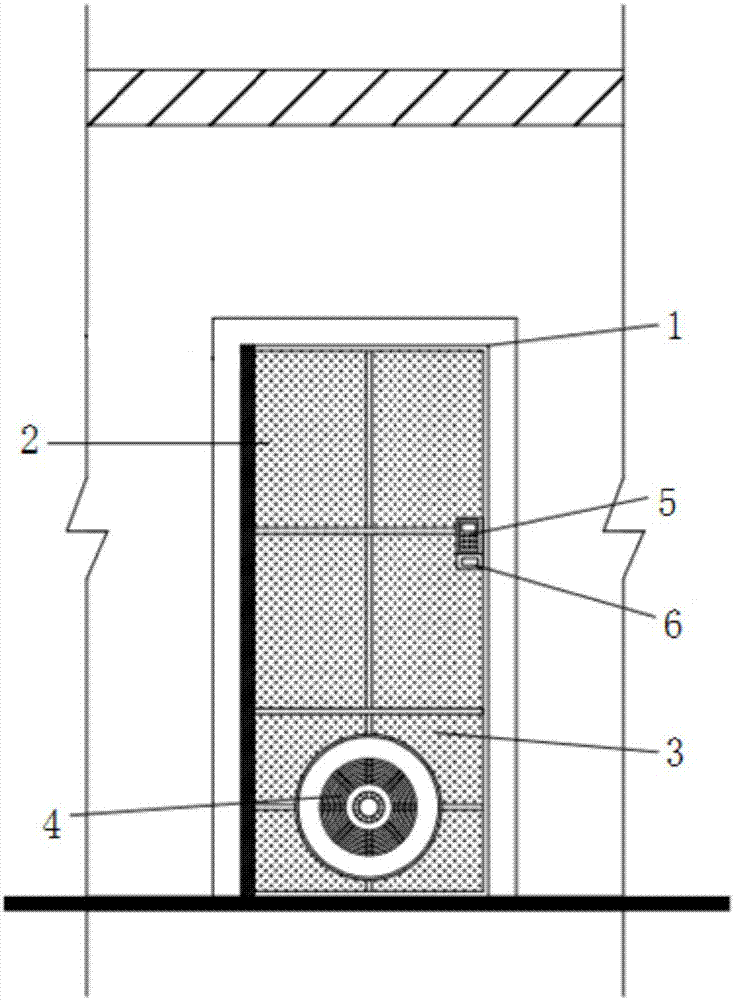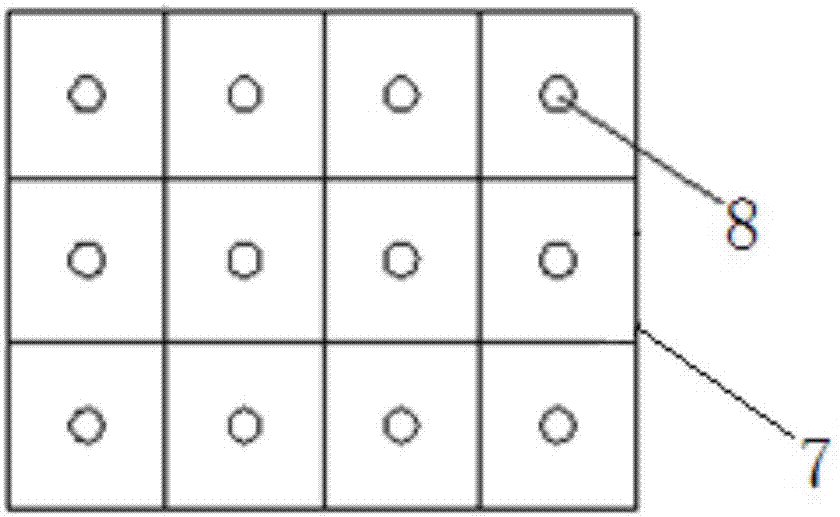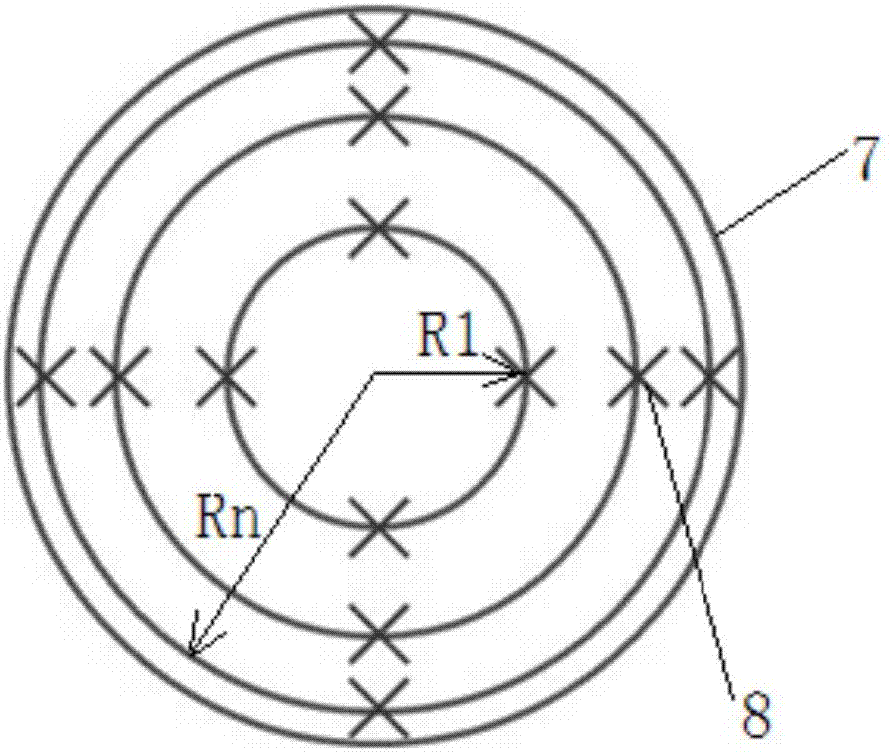Indoor air tightness detection method of residential building
An air-tightness detection and residential building technology, which is applied in the direction of using liquid/vacuum for liquid-tightness measurement, and by measuring the fluid's acceleration and deceleration rate, etc., can solve the problem that building air-tightness detection cannot be directly used.
- Summary
- Abstract
- Description
- Claims
- Application Information
AI Technical Summary
Problems solved by technology
Method used
Image
Examples
Embodiment Construction
[0035] It should be noted that, in the case of no conflict, the embodiments of the present invention and the features in the embodiments can be combined with each other.
[0036] The present invention will be described in detail below with reference to the accompanying drawings and examples.
[0037] A method for detecting indoor air tightness of a residential building, comprising the following steps:
[0038] A. First, close and block all the doors, windows, pipes, and ventilation holes in the room that are connected to the outside world. The doors and windows (doors and windows that are not connected to the outside) in the test area are fully opened, and the ventilation equipment is turned off at the same time, and the water from the indoor drainage system is drained. The sealing pipe should be filled with water, and the floor area, volume and surface area of the room should be measured;
[0039] Use sealing tape to seal, seal all ventilation holes leading to the outside ...
PUM
 Login to View More
Login to View More Abstract
Description
Claims
Application Information
 Login to View More
Login to View More - R&D
- Intellectual Property
- Life Sciences
- Materials
- Tech Scout
- Unparalleled Data Quality
- Higher Quality Content
- 60% Fewer Hallucinations
Browse by: Latest US Patents, China's latest patents, Technical Efficacy Thesaurus, Application Domain, Technology Topic, Popular Technical Reports.
© 2025 PatSnap. All rights reserved.Legal|Privacy policy|Modern Slavery Act Transparency Statement|Sitemap|About US| Contact US: help@patsnap.com



